Even though it is often mistaken for the types of maple it closely resembles, the sycamore is a species in its own right. It is highly resistant to pollution, which is why it is also called the tree of capitals, lining the boulevards of major European cities. It grows tall, is long-lived and is often found in parks. As a wood, it is not of interest to the large woodworking industry, but it is highly prized by skilled craftsmen and carpenters for its lacy appearance. This distinctive look is an invitation to learn more about sycamore.
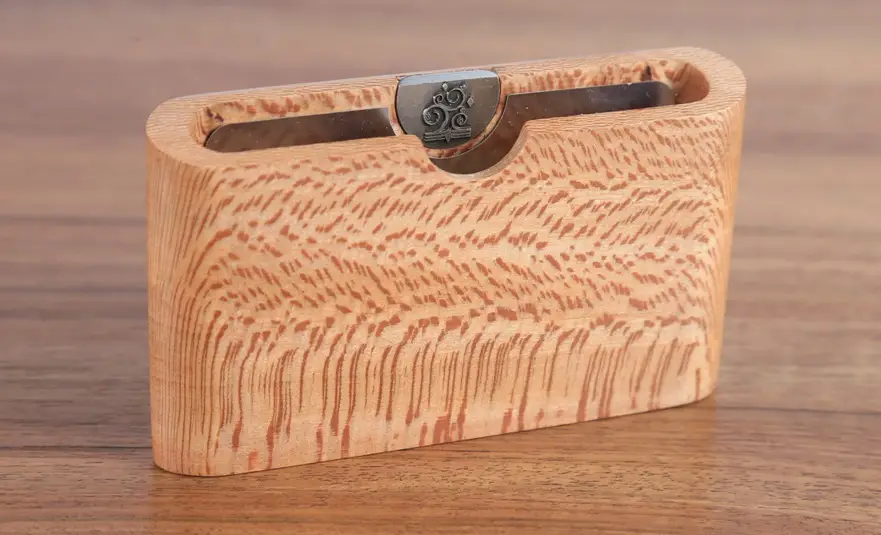
Species of plane tree
The sycamore belongs to the genus Platanus. The best known representatives are the Oriental plane tree (Platanus orientalis), native from southern central Europe and the Balkans to Iran and India and the western plane tree (Platanus occidentalis), native to the eastern and central U.S., northern Mexico and southern Canada (American Sycamore). The most common, however, is the hybrid Platanus acerifolia or hispanica, a hybrid formed naturally by planting the two species side by side.
Some sources say the hybrid plane tree was formed in Spain, others give London gardens as the place of hybridisation. Incidentally, it was also discovered in London in the mid-17th century, and the most common name you'll encounter it under is London plane (London plane tree). Other names are European plane, English plane, French plane or plane tree.
The hybrid sycamore is often confused with maple species such as Acer platanoides (maple, norway maple) or Acer pseudoplatanus (European Sycamore). But they belong to different families and there are elements that differentiate them.
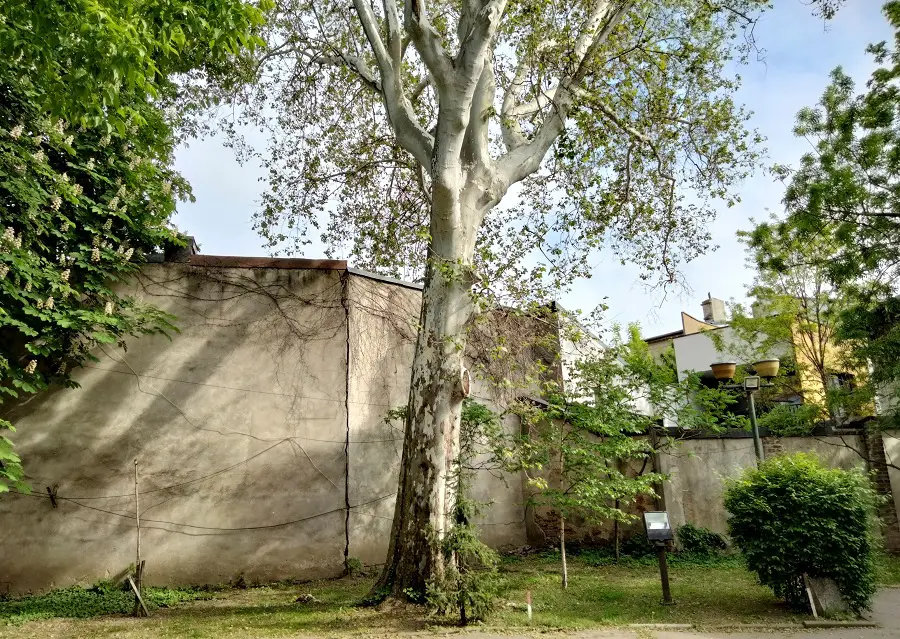
The hybrid sycamore, a tree adapted to polluted cities
The hybrid sycamore is a hardier tree than the species it comes from. It is more drought tolerant than the Oriental sycamore and more resistant to frost and disease than the American sycamore. It is light-loving, growing up to 20-35 m tall, but there are specimens that exceed 40 m. The trunk is 1-1.5 m in diameter, but can reach up to 3 m. It is very resistant to pollution, the rich crown and large leaves trap a large amount of dust particles and other pollutants. The plane tree can live for hundreds of years, and there are examples of Oriental plane trees that are over a thousand years old.
One characteristic of the sycamore that distinguishes it from the maple (which it closely resembles in leaf shape) is the large slabs of peeling on the bark of the trunk. The bark is greenish-grey, smooth, but in the areas where it peels, lighter, yellowish-grey portions of the inner bark appear, giving the tree a camouflage appearance.
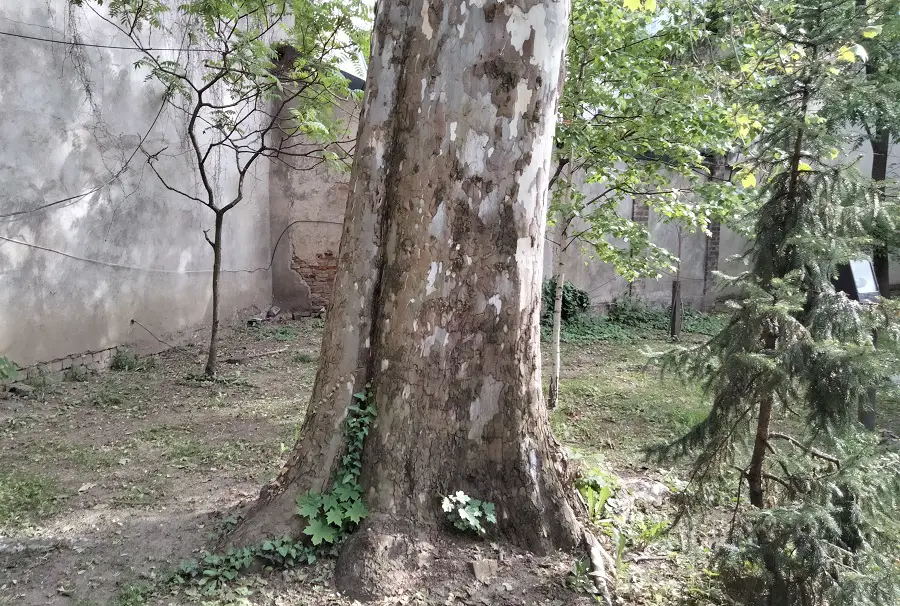
The leaves are large, palmate-lobed, with 3 or 5 straight triangular or sparsely serrated lobes, and the flowers are clustered inflorescences on a long stalk. The fruit, a 2-3 cm polychaete hanging on a 15 cm stalk, ripens in autumn and remains on the tree over winter. In autumn the falling leaves of the sycamore change colour to yellow-brownish-amber and remain on the branches for a long time.
Plane trees are generally planted in parks or along streets, but they can also be forest plantations. Areas with good, loose, moist soils are chosen, which are also preferred by plop, arin or willow.
Structure and properties of plane wood
As in maple and sycamore, sapwood is predominant in sycamore. Its colour is white to light reddish-brown with pinkish tints, while the heartwood is reddish-brown. Immediately after felling the colour is more vivid, with bright shades of pink, but it fades with drying. The highly visible medullary rays on radial cutting give the wood a lacy appearance (hence the name lace woodThe texture is fine, uniform, maple-like, and the grain is usually straight. On areas with growth defects the fibre is uneven and peculiar, but much harder to process.
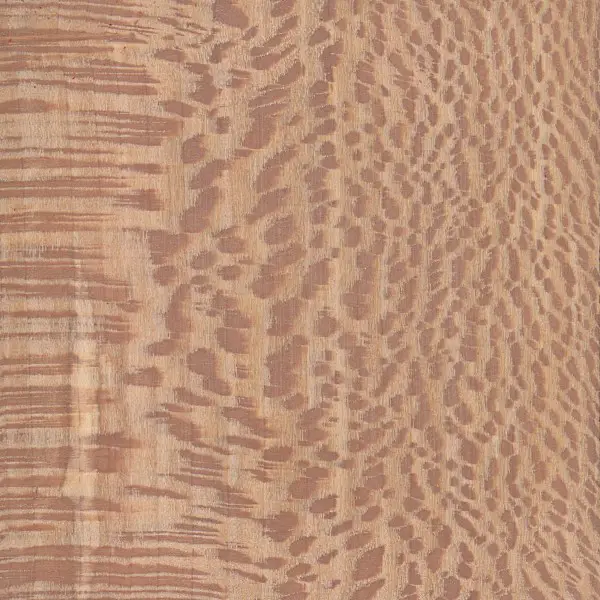
The pores are diffuse, small to medium and numerous. They may be solitary or gathered in groups, especially in radial section. Annual rings are visible, mainly due to the lighter colour of the late wood and the decrease in pore density in these areas. It has medium to very large medullary rays, visible to the naked eye and very widespread, which give the surface a glossy, interesting appearance, like a mirror made up of many small mirrors.
The average density of dry sycamore is between 580 and 630 kg/m³. It is a fairly hard wood, not very stiff and with mechanical strength properties similar to oak. It is, however, very resistant to water and insect attack, which is explained by the fact that it is a more porous sapwood. It is also the reason why it is not recommended for structural or outdoor projects.
It dries fairly quickly, but has a tendency to sag and warp. It is easily worked, both manually and mechanically, but well-sharpened tools should be used as hard medullary beams can cause problems. It turns, glues and finishes smoothly. The appearance after finishing is very interesting, sometimes resembling leather.
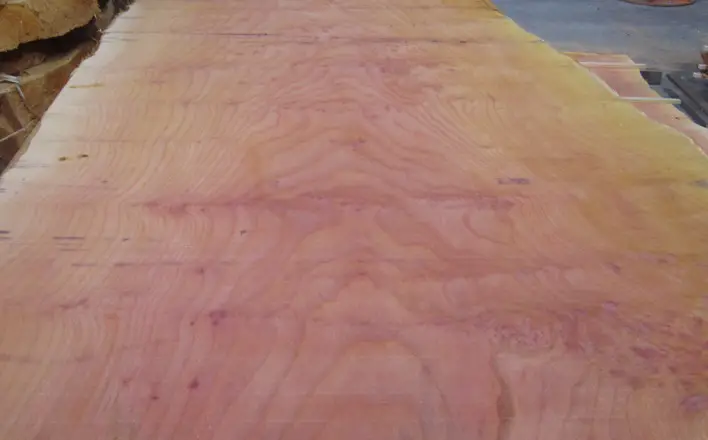
Uses
The most popular pieces of sycamore wood are the radial cut ones because of that lacy look. They are used to make small decorative objects or for pens and pencils. They are also used to make special aesthetic veneers for musical instruments.
The sycamore is used for flooring, plywood, furniture, handles, sports equipment and packaging systems. It is turned into decorative bowls or carved into various small objects. It is not used in outdoor projects because it is not waterproof, rots easily and is attacked by insects.
It is a medium calorific firewood (50% of the calorific value of beech), being recommended for use in mixtures with other species. It has a tendency to crack and throw sparks so it should be well dried and used only in stoves or for campfires. Lighting wet wood is quite dangerous, as the cracking and sparking is very strong.
The most important use of the plane tree, however, is as a tree. It is a friend to city dwellers because it fixes pollutants, and its rich shade is a real blessing on hot summer days.
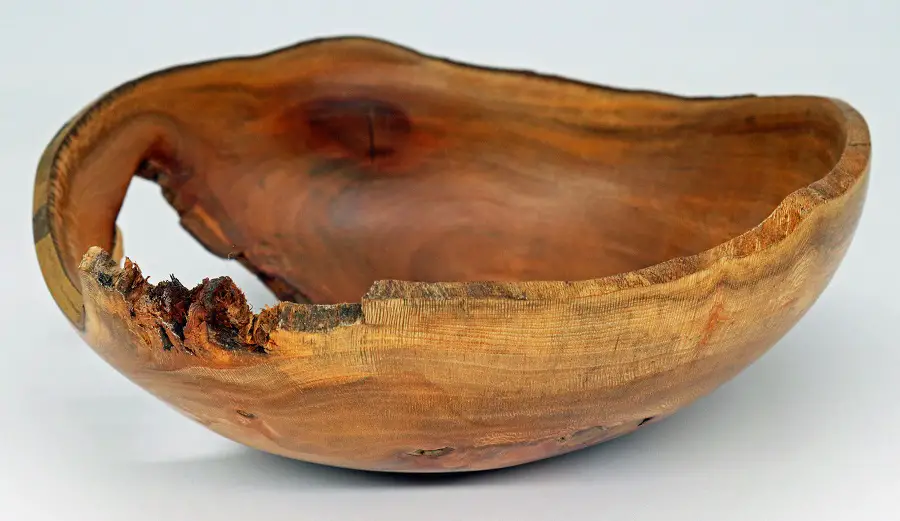
I hope you find the above information interesting. If you have additional information or have worked with plane wood, please share your experience with us. And if you have any questions or queries, please leave them in the space below. I will certainly answer them.



























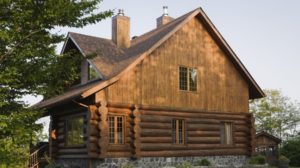

You've got me totally confused with the 100-foot-tall plane tree! I'm forced to reconsider all my accumulated knowledge.
In the countryside, street plane trees didn't grow much, more in the city. The sycamore's leaf, a large, large leaflet with eye-catching, reddish flowers, its specific crown and the arrangement of its branches can help to make it recognisable even from a distance - far from being confused with other trees. The sycamore's pods can remain attached to the branches even during flowering the following year.
The branches are not too thick, but the large leaves provide good shade - but do not protect from rain. I think that in the early days of schooling, the pupils were taught orally under the plane tree!